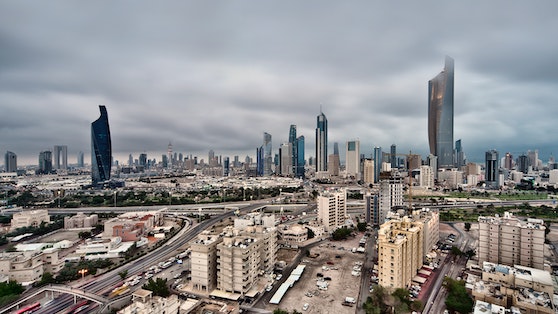
Kuwait is becoming one of the hottest countries on the planet and faces profound social and ecological challenges from continued global warming and the transition from fossil fuels. The government has pledged to reach net-zero emissions in the oil and gas sector by 2050 and by 2060 for the whole country.
At present, oil accounts for 90 % of the national revenue and more than half of GDP, and renewable energy for less than 1 % of demand. Kuwait thus needs clever and comprehensive solutions. With abundant wind and solar resources, the potential is at hand.
Energy Modelling Lab supports steps to reach net-zero emissions in Kuwait by 2060. We are developing an energy systems model, the TIMES-KUWIAT, that allows us to identify the least-cost and most feasible green energy systems. Based on these results we can designate pathways to integrate the new solutions across five key sectors: Energy, Industry, Agriculture, land use, and Waste.

MODELLING
Energy Modelling Lab develops a database for energy and GHG emissions, builds consensus on ambitions, and shortlists decarbonization options.
We develop the TIMES-KUWAIT model featuring different scenarios including rapid expansion of the renewable fuel market and reduced exports.

SCENARIO ANALYSIS
Analyzing the different scenarios allows for informed decision-making on the optimal solutions integrated across sectors.
Socioeconomic and environmental impacts and co-benefits such as improved health are identified and considered.

RESULTS
Results are presented in a website format with open access and all key results are shared in Excel sheets.
Users can move between scenarios and study results like emissions and energy consumption by sector and costs.
Duration: August 2022 – June 2024
External experts from EML : Mikkel Bosack Simonsen and Ida Græsted Jensen
Client: UNEP
Total budget: USD 64.920
Reference: Sarah Carmen Fiedler, associate expert, UNEP
Collaborators: SDA Sustainable Development Advisors
Model: TIMES-Kuwait

One Reply to “Net-zero emissions in Kuwait”
Comments are closed.